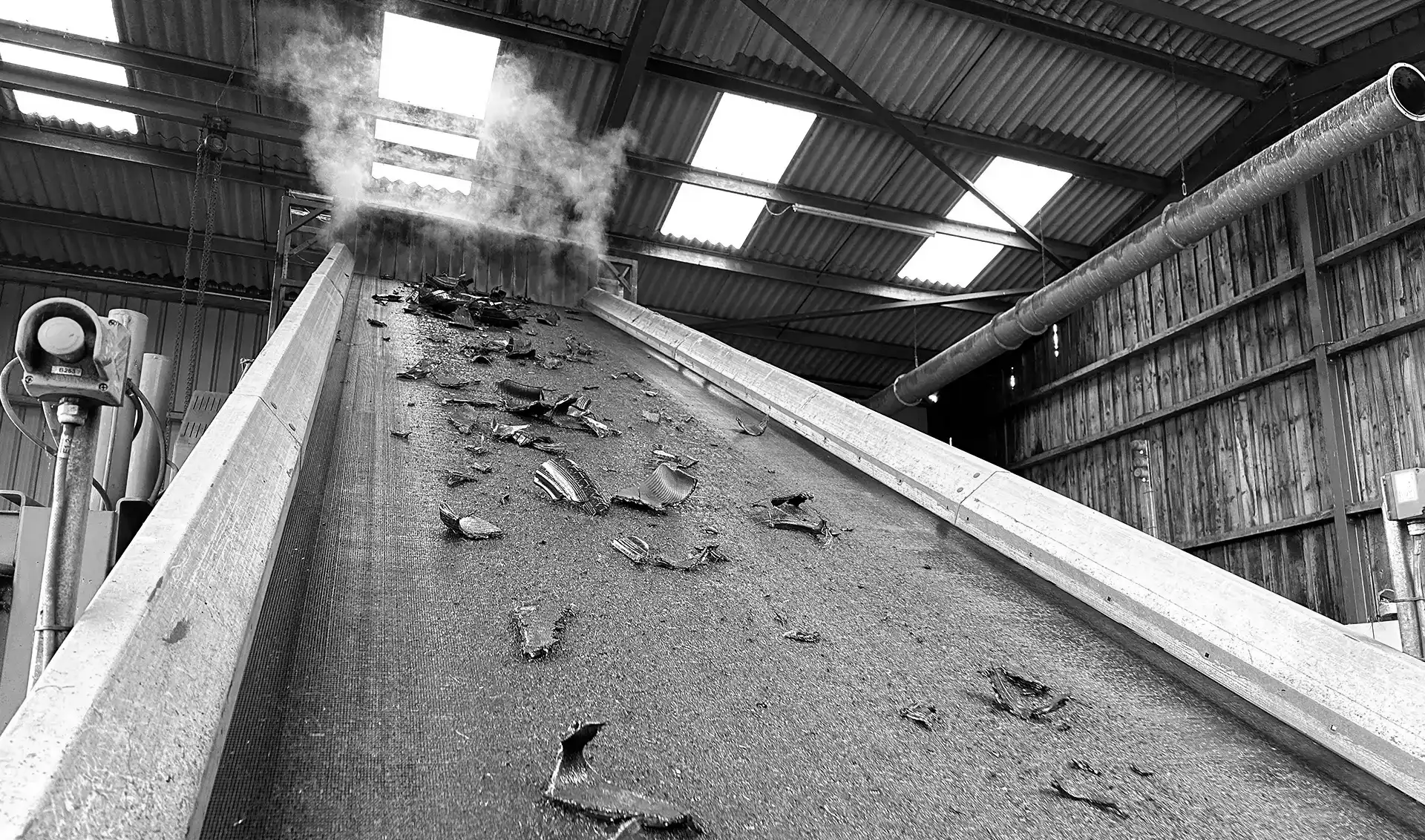When tyres are recycled, they undergo a meticulous process that extracts valuable materials such as rubber, steel, and carbon black, each serving a distinct purpose in various industries.
Rubber
Perhaps the most recognizable component of a tyre. Through recycling, rubber is reclaimed and repurposed for a multitude of applications. Ground rubber can be utilized in the manufacturing of new tyres, playground surfaces, athletic tracks, and even asphalt pavement. Its versatility and resilience make it an invaluable resource in construction and infrastructure projects, offering a sustainable alternative to virgin rubber.
Steel
Another essential element found in tyres, undergoes a similar journey of recycling. Once tyres are shredded and processed, powerful magnets separate the steel cords from the rubber. This high-quality steel is then melted down and reused in a myriad of products, ranging from automotive parts and construction materials to household appliances and industrial machinery. The recycling of steel from tyres not only conserves natural resources but also reduces energy consumption and greenhouse gas emissions associated with steel production.
Carbon black
A fine black powder derived from the incomplete combustion of hydrocarbons, is a vital additive in tyre manufacturing, providing strength, durability, and UV resistance. Through advanced recycling techniques, carbon black can be recovered from recycled tyres and reintegrated into new tyre production, thereby reducing the reliance on virgin carbon black derived from fossil fuels. Additionally, carbon black finds applications beyond the automotive industry, including in plastics, inks, and coatings, further extending its utility and sustainability.
In essence, the recycling of rubber, steel, and carbon black from tyres not only mitigates environmental pollution and waste but also contributes to the development of a circular economy, where valuable resources are conserved, reused, and repurposed to foster a more sustainable future.








